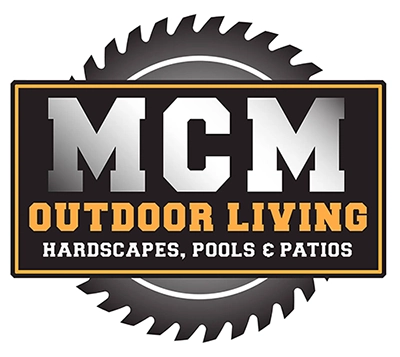If you’ve lived through even one Texas summer, you know—it’s not just hot, it’s relentless. The sun feels like it’s parked directly over your backyard, turning your outdoor space into a sizzling skillet. And if you’ve got a pergola, you’ve probably stepped out expecting some shade and comfort, only to find a scorching space that’s barely usable past 10 a.m.
So what do you do? You invested in that pergola to enjoy your backyard, not to watch it from the safety of your AC-blasting living room. That’s exactly what we’re going to fix today. We’ll walk you through how to keep your pergola cool—even in the dead heat of a Texas August—so it becomes the chill hangout spot you originally dreamed of.
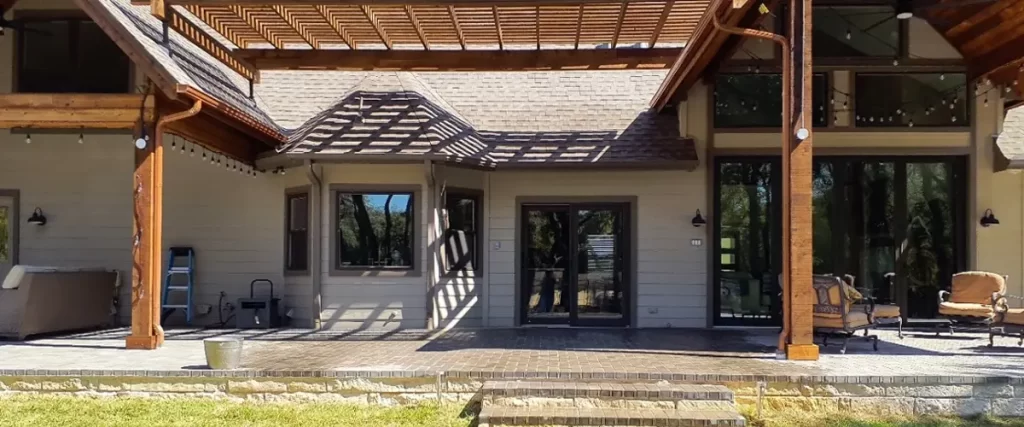
Why Pergolas Need Extra Help in Texas Heat
Here’s the deal—Texas isn’t just hot; it’s got a unique kind of heat. In cities like Austin, San Antonio, Dallas, and Houston, average summer highs regularly hit the upper 90s. Factor in the humidity along the Gulf or the dry heat up in the Hill Country, and you’ve got a recipe for brutal backyard conditions.
A standard pergola, by design, offers partial shade. That’s great in theory, but in practice? Those stylish slats aren’t enough on their own when the UV index is at 10, and the concrete underneath is radiating heat like an oven.
Plus, many homeowners aren’t aware that some materials absorb heat more than others—dark stains, certain woods, and even metal fixtures can make your pergola feel like a stovetop.
But don’t worry. With the right tweaks, materials, and add-ons, you can totally outsmart the Texas sun.
Smart Ways to Cool Down Your Pergola
Let’s break down some of the best and most effective strategies for keeping your pergola cool, comfortable, and actually usable—even during peak summer heat.
1. Install a Retractable Canopy or Shade Cloth
One of the quickest ways to reduce direct sunlight is to add a canopy. Retractable canopies are a game-changer because they give you control. You can block the sun when you need shade or retract it to stargaze at night.
Shade cloths are another great, budget-friendly option. Look for high-density polyethylene (HDPE) material—it’s durable, UV-resistant, and breathable so it doesn’t trap heat underneath.
Pro Tip: Go with lighter colors to reflect sunlight. Darker shades absorb heat and can make things even toastier under there.
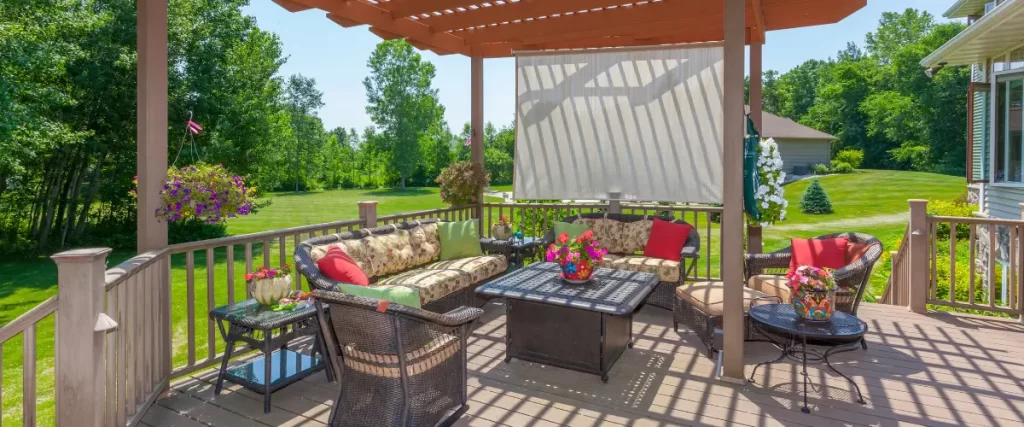
2. Add a Climbing Plant or Living Roof
Texas is great for growing heat-tolerant vines like:
- Wisteria
- Passionflower
- Trumpet vine
- Bougainvillea
These create a natural “green roof” that not only blocks sunlight but cools the air beneath your pergola. Plus, it looks stunning and adds a touch of native beauty.
Just keep in mind: these plants need time to grow and might need some extra TLC during the first year, especially during summer droughts.
3. Invest in Outdoor Fans or Misting Systems
Airflow is your best friend during a Texas summer. Ceiling-mounted outdoor fans not only move the air but can drop the perceived temperature by several degrees.
For a more intense cooling effect, consider installing a misting system. These work by spraying a fine mist that evaporates quickly, cooling the surrounding air. Most are easy to install and can be hooked up to a garden hose.
Pro Tip: Choose fans and misters rated for outdoor use with proper rust protection—Texas humidity and sudden storms can do a number on indoor-rated hardware.
4. Choose the Right Material for Your Pergola
If you’re building from scratch—or thinking about upgrading—material choice matters a lot.
- Cedar is a popular wood in Texas because it’s naturally resistant to rot and insects. It also doesn’t hold as much heat as metal.
- Aluminum pergolas offer modern style and durability, but they can get hot to the touch unless powder-coated or covered.
- Vinyl reflects sunlight well and is low-maintenance, but it may not offer the same structural strength.
If your existing pergola is made of a heat-absorbing material, consider adding insulating paint or a heat-reflective coating to reduce surface temperatures.
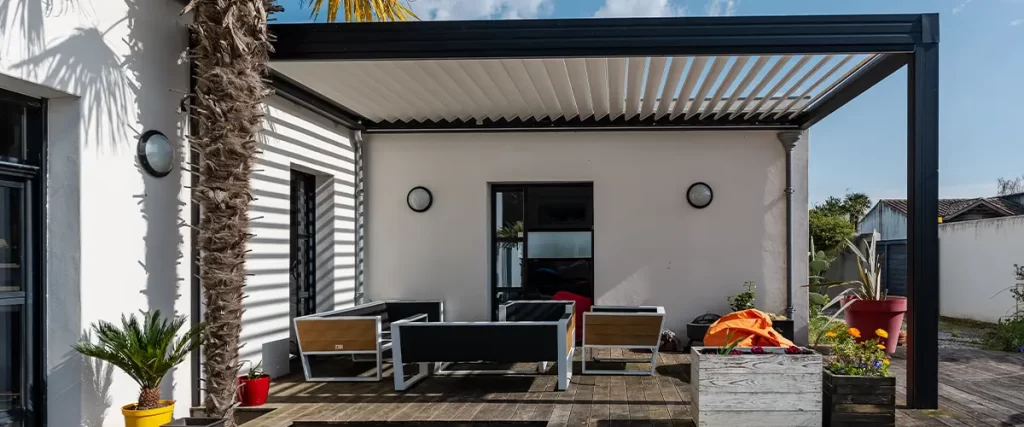
5. Go with a Solid Roof or Insulated Panels
For serious shade, a solid roof is your best bet. Metal roofing with insulation underneath can provide full UV protection while also keeping the temperature down by 10-15 degrees compared to a traditional open-roof pergola.
Another option? Polycarbonate roof panels. These let in some light but block out UV rays and heat. Some even have built-in thermal insulation layers.
Local Building Codes and HOA Considerations
Before you start making big changes, check your local building codes and HOA guidelines—especially if you’re thinking about adding a solid roof or electrical components like fans.
Cities like Austin and San Antonio have clear guidelines for patio covers and pergolas. You may need permits if your upgrades affect the structure or electrical systems. Always double-check with your local authority:
- Texas Department of Licensing and Regulation
- City of Austin Development Services
- San Antonio Development Services
Top Pergola Cooling Mistakes to Avoid
A lot of homeowners unknowingly make their pergolas hotter instead of cooler. Here are a few pitfalls to watch out for:
- Using dark colors for stain, cloths, or roofing materials (they trap heat).
- Ignoring airflow—stagnant air will make you sweat buckets even if you have shade.
- Using cheap materials that deteriorate quickly in extreme heat and sun exposure.
- Placing furniture directly in sunlight without considering adjustable shading.
Other Cooling Add-Ons to Consider
If you’re going all in, here are a few luxury touches that’ll take your pergola to the next level:
- Solar-powered shades that rise and lower automatically
- Smart ceiling fans controlled via app or remote
- Outdoor-rated curtains for added shade and privacy
- Cool deck coating for the concrete or patio surface underneath
Best Pergola Manufacturers for Texas Heat
Looking for high-quality pergolas that can handle our Texas summers? These manufacturers offer durable, customizable options built to beat the heat.
Top Pergola Manufacturers
- StruXure – Known for their adjustable louvered pergolas with smart tech built-in.
- Trex Outdoor Structures – Offers low-maintenance composite pergolas that hold up against Texas UV and humidity.
- Heartland Pergolas – Their vinyl and aluminum structures are durable, customizable, and resistant to warping.
- Outdoor Elements – Premium aluminum pergolas with built-in fans, lighting, and rain sensors.
- TEMO Sunrooms – Offers solid-roof pergolas and patio covers with built-in UV and heat protection.
FAQ: Keeping Your Pergola Cool in Texas
How can I block the sun from the sides of my pergola?
Use outdoor curtains, shade panels, or trellises with climbing plants to block low-angle sun.
Will adding a misting system increase humidity under the pergola?
Not significantly. Misting systems work by evaporation, which actually helps cool the air without making it feel muggy.
Do I need a permit to add a solid roof to my pergola in Texas?
In most cities, yes. Check with your local development office or HOA before starting construction.
Can I install fans myself?
If you’re handy with electrical, it’s possible—but we recommend hiring a licensed electrician, especially for outdoor-rated installs.
What’s the most budget-friendly way to cool my pergola?
Start with a breathable shade cloth and a plug-in pedestal fan. Easy, affordable, and surprisingly effective.
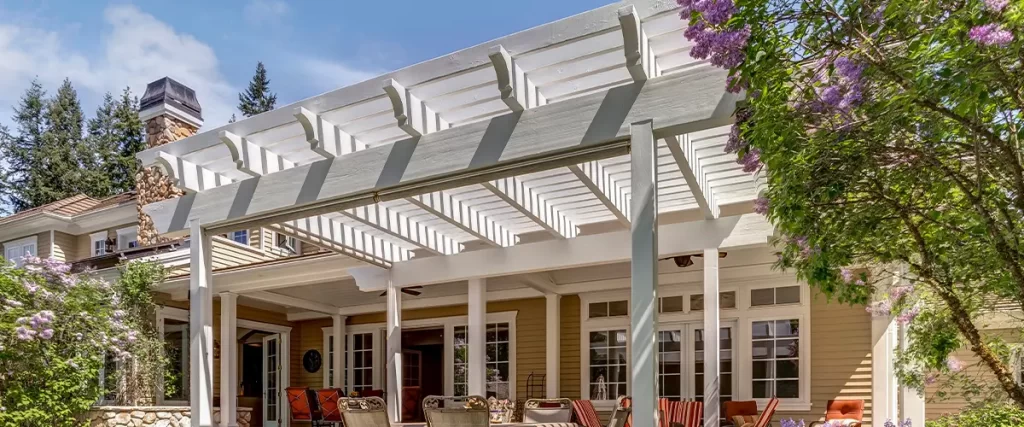
Time to Reclaim Your Backyard
Your pergola doesn’t have to be a sun trap all summer long. With a few smart upgrades—like shade cloths, fans, misting systems, or even a solid roof—you can turn it into a cool, relaxing oasis that’s perfect for barbecues, family hangouts, or just a quiet cup of coffee in the morning.
Want expert help upgrading your pergola? Contact us at (469) 583-6213 – we’ll help you design a space that works with Texas weather, not against it.
Let’s make your backyard the place to be this summer.
